The environment changes at Selkirk College to adapt to new times
It’s a new era for those looking to enter the environmental sector in the West Kootenay.
The School of Environment and Geomatics (formerly School of Renewable Resources) at Selkirk College has completed its re-design of its curriculum in four environmental diploma programs — readying the program for fall 2011.
“You can begin your hands-on training in the environmental sector and then ladder into our own degree program in Geographic Information Systems (GIS),” said Selkirk College School chair, Derek Marcoux. “It’s also easy to transfer to other post-secondary institutions across B.C.”
The School of Environment and Geomatics offers career technology two-year diploma programs in Forestry, Integrated Environmental Planning, and Recreation, Fish and Wildlife technologies.
According to a 2010 report by EcoCanada, there will be 100,000 job vacancies in the environmental sector over the next decade. Even during the economic downturn in 2008, over 40 per cent of environmental employers were hiring.
Many Selkirk graduates have found direct, related employment and are beginning their careers in the sector, Marcoux said.
“Jobs for forestry graduates have really picked up this past year. As well our graduates are successfully competing for B.C. Park Ranger jobs, fisheries technologist jobs and a wide variety of environmental-related employment such as environmental reclamation, environmental monitoring and land use planning.”
The school is also exploring redevelopment of the Renewable Energy certificate in the coming year to offer training in residential and industrial renewable energy design and planning.”
The School of Environment and Geomatics operates the Selkirk Geospatial Research Centre (SGRC). The SGRC works collaboratively with partners such as regional districts, Columbia Basin Trust and industry to provide digital mapping tools.
The SGRC is currently working on a $200,000 National Sciences and Engineering Research Council (NSERC) project to create online mapping tools for carbon management on B.C.’s land base.
The global market for carbon credits has experienced a 175 per cent annual increase from 2000-08, according to EcoCanada.
Faculty members that teach GIS also work on applied research in the SGRC facility. This summer, SGRC is also employing three GIS co-op students to help with the research further adding linkages between applied research and learning.
The career diploma programs accept applicants with Grade 12 education while the advanced diploma in GIS is designed as specialized training for people with a previous credential such as a diploma or degree.
- For more information on the School of Environment and Geomatics, visit www.selkirk.ca/eg or call 1.888.953.1133, ext. 392.


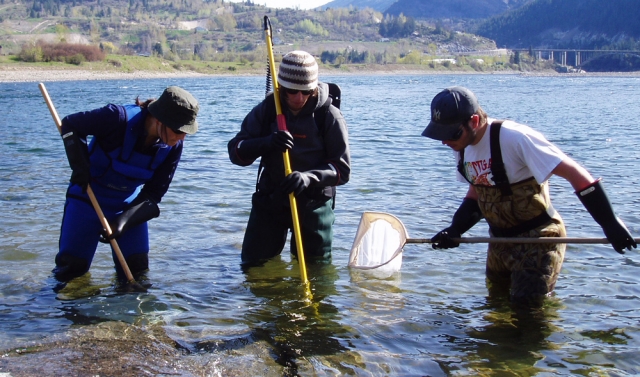
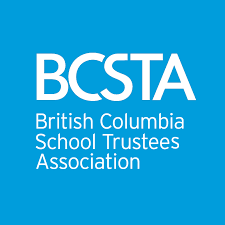

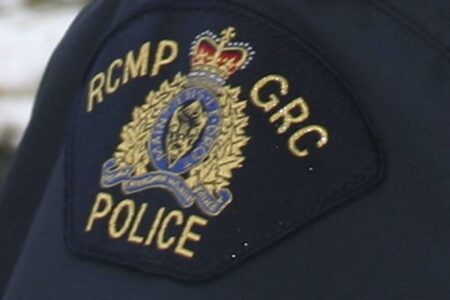
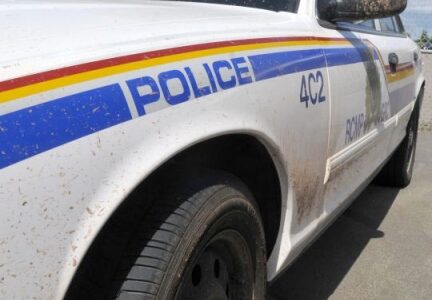

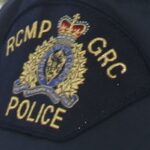







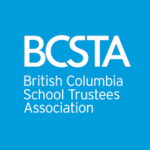
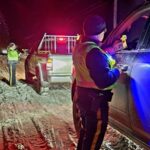







Comments